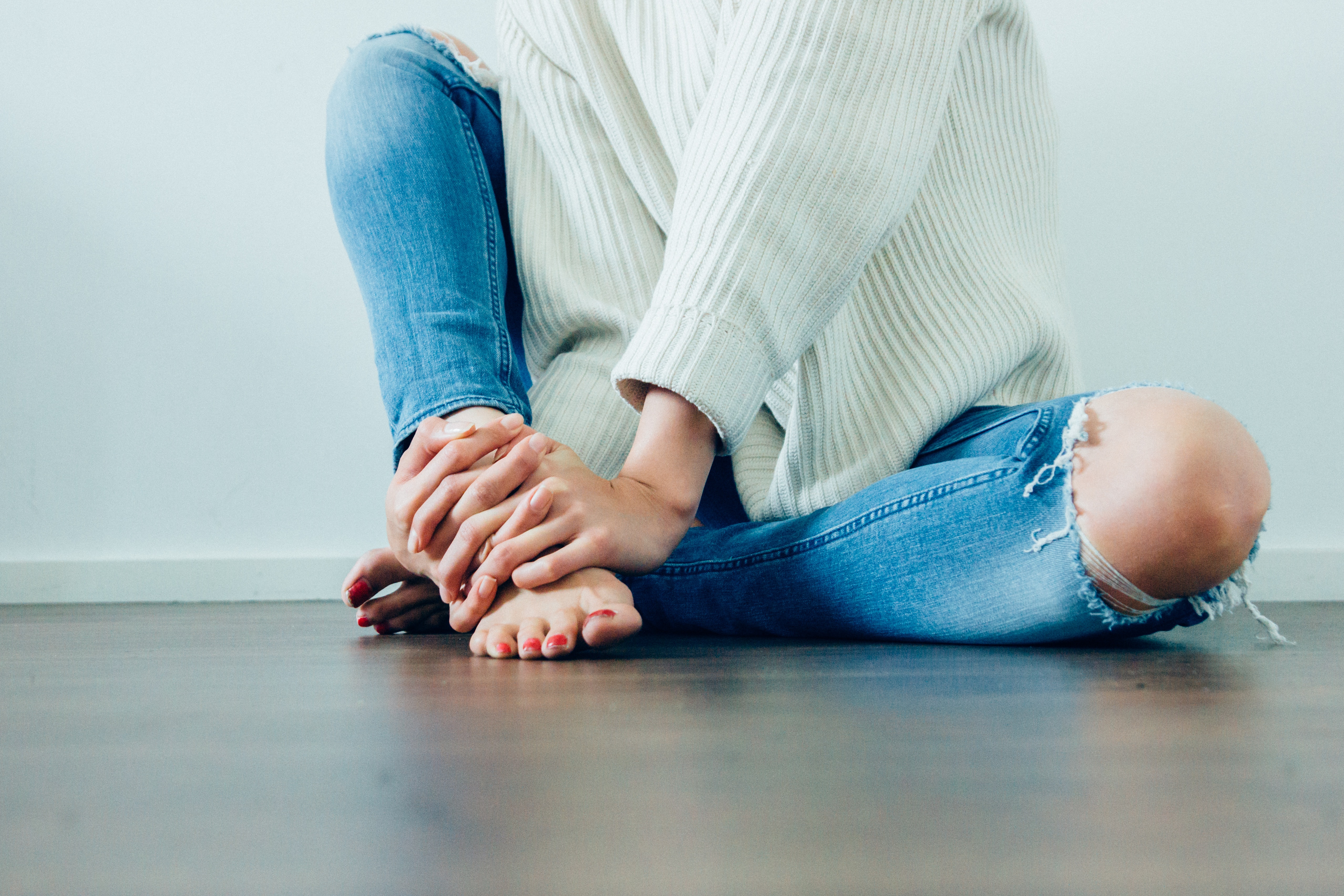Do I Have Arthritis or Just Overuse Pain?
Joint pain is one of the most common complaints in orthopedic care — but it isn’t always arthritis. In fact, overuse injuries can mimic the symptoms of arthritis, especially in active individuals or those in physically demanding jobs.

What Is Overuse Pain?
Overuse injuries occur when repetitive stress is placed on a joint or muscle without enough time for recovery. These injuries are often seen in athletes, runners, weightlifters, and people with repetitive-motion jobs like construction, nursing, or factory work. The pain typically develops gradually and is activity-specific.
Common Overuse Conditions Include:
- Tendinitis – Inflammation of a tendon due to repeated strain (common in the shoulder, elbow, or knee)
- Bursitis – Swelling of the fluid-filled sacs that cushion joints
- Stress fractures – Microscopic cracks in bones caused by repetitive impact
- IT Band Syndrome – Common in runners, causing pain on the outer knee
Signs Your Pain Is Due to Overuse
- Pain occurs only after or during activity
- Pain improves with rest or lighter activity
- Localized soreness or burning sensation
- Swelling that resolves quickly
- No visible joint deformity
What Is Arthritis?
Arthritis refers to inflammation and degeneration of the joints, often affecting the cartilage that cushions your bones. It can cause long-term joint damage and disability if left untreated.
There are many forms of arthritis, but the most common are:
- Osteoarthritis (OA): Wear-and-tear damage to cartilage over time, common in older adults
- Rheumatoid arthritis (RA): Autoimmune disease that causes the immune system to attack joint linings
- Psoriatic arthritis: Related to psoriasis, with both skin and joint symptoms
Signs Your Pain May Be Arthritis
- Joint stiffness, especially in the morning or after rest (lasting more than 30 minutes)
- Pain even at rest or at night
- Persistent joint swelling
- Grinding, popping, or clicking sounds with movement
- Gradual worsening of symptoms over time
- Changes in joint appearance (e.g., knobby fingers, bow-legged knees)
When to See an Orthopedic Specialist
Whether you suspect arthritis or overuse, it’s best not to self-diagnose. A proper evaluation can prevent small problems from becoming major ones. See a specialist if:
- Pain lasts longer than two weeks
- Your symptoms are interfering with your lifestyle
- There’s visible swelling or deformity
- Your range of motion is decreasing
- Home care hasn’t helped
Diagnosis and Testing
An orthopedic provider will:
- Conduct a physical exam to assess mobility, alignment, and tenderness
- Review your activity history and risk factors
- Order imaging tests (X-rays, MRI, or ultrasound)
- Possibly request bloodwork if autoimmune arthritis is suspected
Treatment Options
For Overuse Injuries:
- Rest and modification of activities
- Physical therapy and stretching routines
- NSAIDs or ice to reduce inflammation
- Bracing or taping for support
- Gradual return to activity with better ergonomics
For Arthritis:
- Lifestyle changes (weight management, exercise)
- Physical therapy to strengthen surrounding muscles
- Medications (NSAIDs, DMARDs, or biologics)
- Joint injections (corticosteroids, hyaluronic acid)
- In advanced cases: joint replacement surgery
Prevention Tips for Both
- Warm up before exercise and stretch regularly
- Use proper technique during sports and workouts
- Maintain a healthy weight to reduce joint load
- Stay active to keep joints mobile, but avoid overtraining
Get the Right Diagnosis, Get Relief
Knowing whether your pain is due to overuse or arthritis is the first step toward treatment and relief. The right care plan can prevent further injury, restore function, and dramatically improve your quality of life.
👉 Use OrthoCheck to check your symptoms and get matched with a local orthopedic provider who can help you determine the cause and get personalized care.
Don’t wait for pain to become permanent. Understand the cause — and take control of your joint health.


